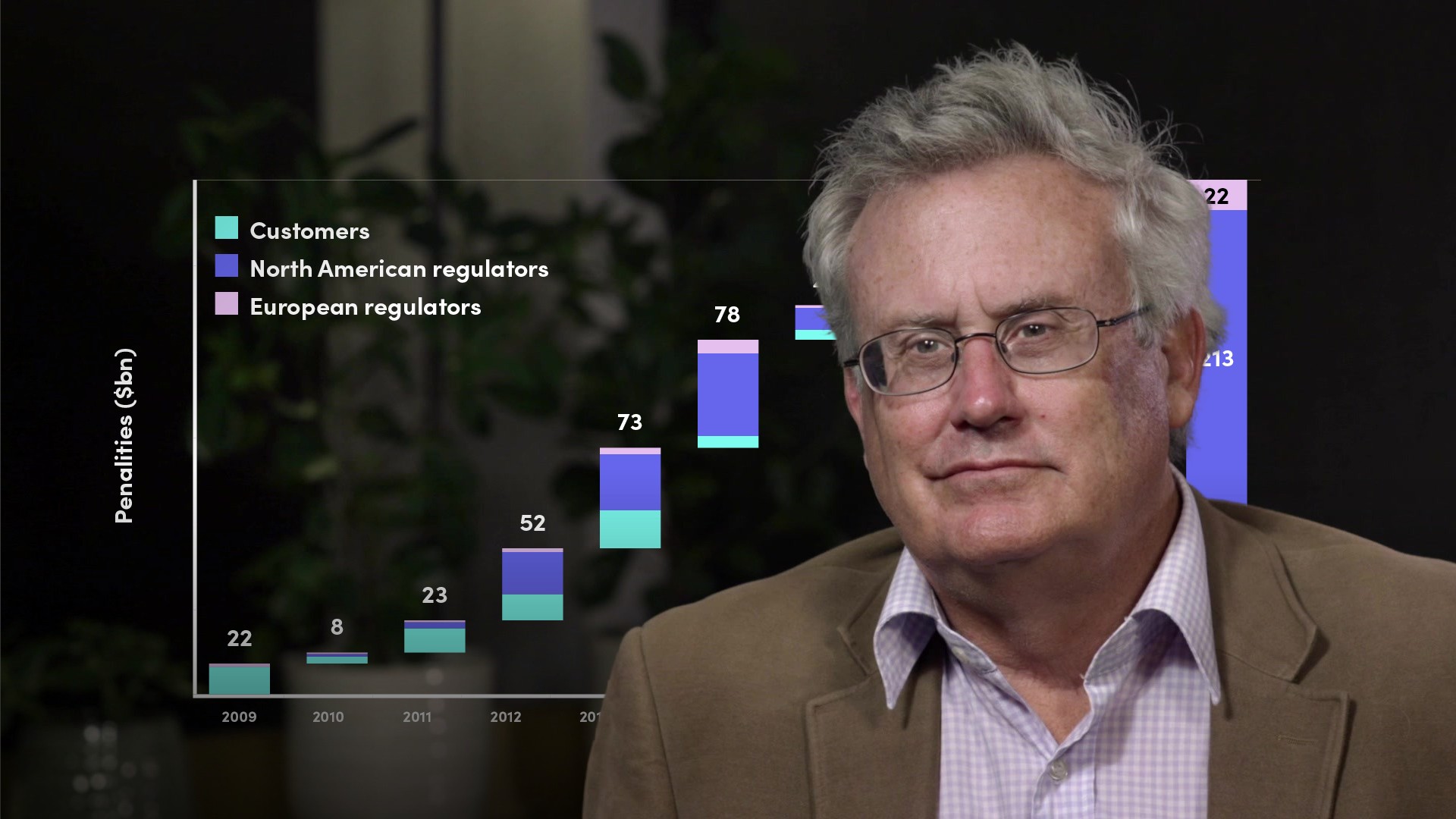
The Importance of the Compliance Function

Peter Eisenhardt
30 years: Capital markets & investment banking
In this video, Peter outlines the 10 principles for the compliance function that were set up for banks by the Basel Committee in 2005. After outlining and analyzing these principles, Peter discusses how and why banks failed to follow them closely enough in the lead up to the Global Financial Crisis - and paid a hefty price for it.
In this video, Peter outlines the 10 principles for the compliance function that were set up for banks by the Basel Committee in 2005. After outlining and analyzing these principles, Peter discusses how and why banks failed to follow them closely enough in the lead up to the Global Financial Crisis - and paid a hefty price for it.
Subscribe to watch
Access this and all of the content on our platform by signing up for a 7-day free trial.

The Importance of the Compliance Function
7 mins 3 secs
Key learning objectives:
Define a Compliance
Outline the main principles for good compliance
Outline the failure of compliance in the Global Financial Crisis
Understand how compliance has changed
Overview:
The Compliance Function works to ensure that banks operate with integrity and within rules and regulations and is key to success.
Subscribe to watch
Access this and all of the content on our platform by signing up for a 7-day free trial.
What is compliance?
In banking, Compliance means complying with regulations, laws, guidelines, and standards -- whether internal or external.
What are the main principles for good compliance?
- The Board of Directors is responsible for overseeing compliance risk, with senior management responsible for its effective management.
- Banks need a corporate culture that emphasises standards of honesty and integrity.
- Compliance must be independent of line functions so there are no conflicts of interest and have the necessary resources.
- Compliance must be subject to periodic review by the internal audit function.
- Banks must comply with applicable laws and regulations in all jurisdictions where they do business.
How did compliance fail in the Global Financial Crisis? What were the costs?
In the run up to the GFC, Boards of Directors and Senior Management were not focused enough on compliance, did not fully understand the risks, and did not set the right culture. Compliance teams were under-resourced. Banks paid out over $600 billion in fines and suffered huge reputational damage.
How has compliance changed?
Banks have responded by “super-sizing” compliance, over 50% more on Compliance with staff numbers greatly increased. “Regtech” has become a whole new industry, where technology is used to identify risks and help ensure compliance.
Subscribe to watch
Access this and all of the content on our platform by signing up for a 7-day free trial.

Peter Eisenhardt
There are no available Videos from "Peter Eisenhardt"



























